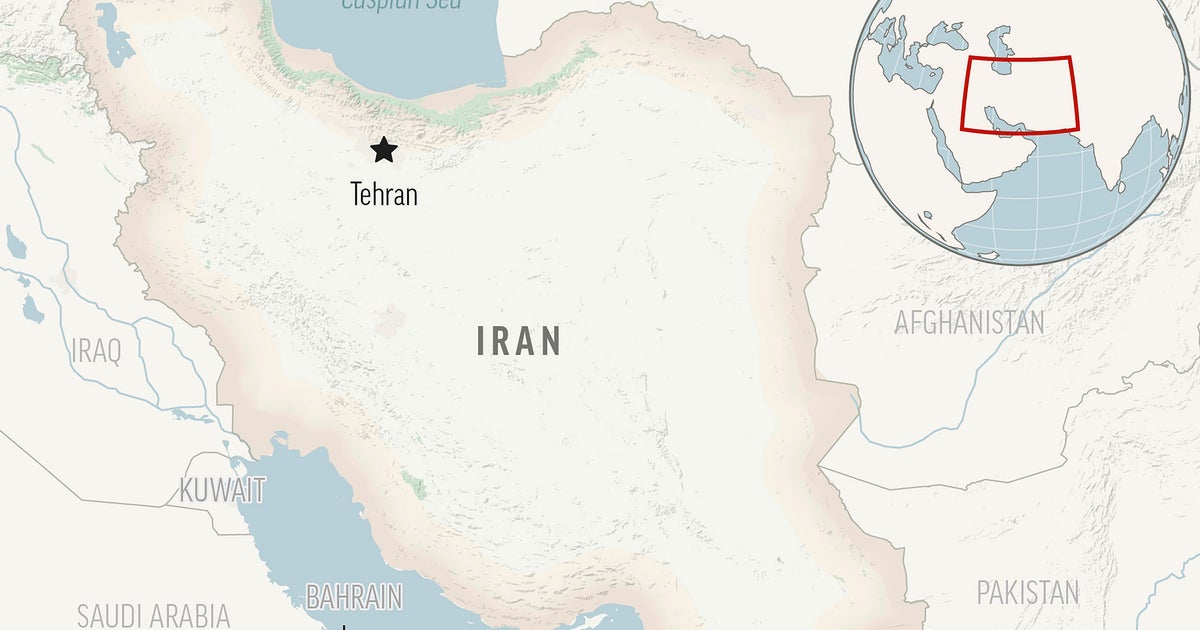After grey wolf numbers grew in the US, they were taken off the Endangered Species List, which has made them eligible for more hunting – sparking new debate over what recovery looks like for the controversial animals
Life
14 October 2022
Gray wolf in northern Wisconsin Linda Freshwaters Arndt/Alamy
Wisconsin’s latest census of grey wolves reveals that populations have dipped slightly following what some have called a “disastrous” hunting season meant to cull the recently recovered population. The 2021 wolf census estimated that there were around 1126 wolves in Wisconsin, and this year’s report estimates that number is closer to 972 wolves, a roughly 9 per cent decrease.
Residents in the state are in a scientific and political tug-of-war over whether grey wolf populations have recovered enough to be stripped of federal protections, or should remain safeguarded under the US Endangered Species Act.
Grey wolves (Canis lupus) were once abundant across North America until hunting in the mid-1900s drove them to near-extinction. Since they earned protections under the 1973 Endangered Species Act, the canines have been slowly expanding from Canada into pockets of the western United States.
When a species’ population is considered recovered, it is removed from the Endangered Species List, or “de-listed.” Despite a steadily growing population over the long-term, grey wolves have been on a “roller coaster of clarification changes,” over the past two decades, says Adrian Treves at the University of Madison-Wisconsin. The wolves have been re-listed and de-listed more than a dozen times in 20 years, with the latest re-listing in February.
“Wolves bring into sharp focus some of the underlying questions that are unresolved in how the Endangered Species Act is implemented,” says Carlos Carroll at the Klamath Center for Conservation Research. “It’s not enough to just save species from total extinction. It’s also important to consider how broadly they’re distributed.”
Strict limits on hunting have allowed Wisconsin’s grey wolf population to rebound from a few dozen individuals in the 1980s to more than 900 wolves today, and more than 7000 nationally. Because the state has limited wilderness areas, the increase in wolf populations brings them into conflict more often with people and livestock.
Though the wolves occupy just a fraction of the range they did a century ago, some people – especially those who want to protect domesticated animals such as sheep and cattle from predation – say the wolf population is stable enough to warrant allowing some of them to be hunted.
During the most recent period that grey wolves were off the Endangered Species List, from October 2020 to February 2022, Wisconsin held a single, calamitous wolf hunt. The state’s Department of Natural Resources (DNR), which determines the number of wolves that can be killed based on their latest population models, set a limit of 119 individuals. In February 2021, hunters killed an estimated 218 wolves in less than three days.
Wisconsin’s Ojibwe Tribes were allocated 81 kills but held off after non-native hunters overshot their quota. In April of this year, six of the tribes co-authored a letter opposing the wolf’s de-listing. “Wisconsin has already demonstrated its inability to properly manage the state’s wolf population, and this legislation would ensure another brutal hunt for this keystone species,” the tribes wrote.
A bill proposed in March pushed for the wolves to be taken off the Endangered Species List again, which would open the species to hunting. Some say the current population is too vulnerable to survive hunting, while others prefer that the state eradicates wolves entirely.
A study published this year found it’s more likely than not that another hunt similar in size to the one in autumn 2021 would have pushed wolf populations in the state below 250 individuals, the threshold that mandates the species is re-listed.
But there are also drawbacks to letting wolf populations recover. Last year, the state reported nearly 80 likely or confirmed wolf attacks on livestock and pets, costing Wisconsin around tens of thousand dollars in compensation to ranchers.
Still, there are economic incentives for keeping wolves around. Because the canines eat the state’s abundant white-tailed deer, diseases carried by the deer, such as Lyme disease, may spread more slowly. And a 2021 study found that the presence of wolves reduced the state’s deer-vehicle collisions by nearly 25 per cent, saving the state over 10 million dollars per year. The same study found that the economic benefit of having wolves around is 63 times greater than the cost of compensating farmers or ranchers for wolf predation on their livestock.
But legally, the sole factor that can determine a species’ status on or off the Endangered Species List is scientific evidence of its recovery – not political or social pressures. “Science can tell us a lot of things, but it can’t tell us what we’re trying to achieve,” says Jennifer Price Tack at Wisconsin Department of Natural Resources.
The fundamental question of what recovery looks like for grey wolves remains. Wisconsin’s 1999 Wolf Management Plan sets a goal of maintaining at least 350 wolves throughout the state, excluding animals on tribally held land. If the latest de-listing bill is approved, the state will once again be faced with the decision of how many grey wolves to protect, and how many to offer up to hunters.
Sign up for Wild Wild Life, a free monthly newsletter celebrating the diversity and science of animals, plants and Earth’s other weird and wonderful inhabitants
More on these topics:


























































